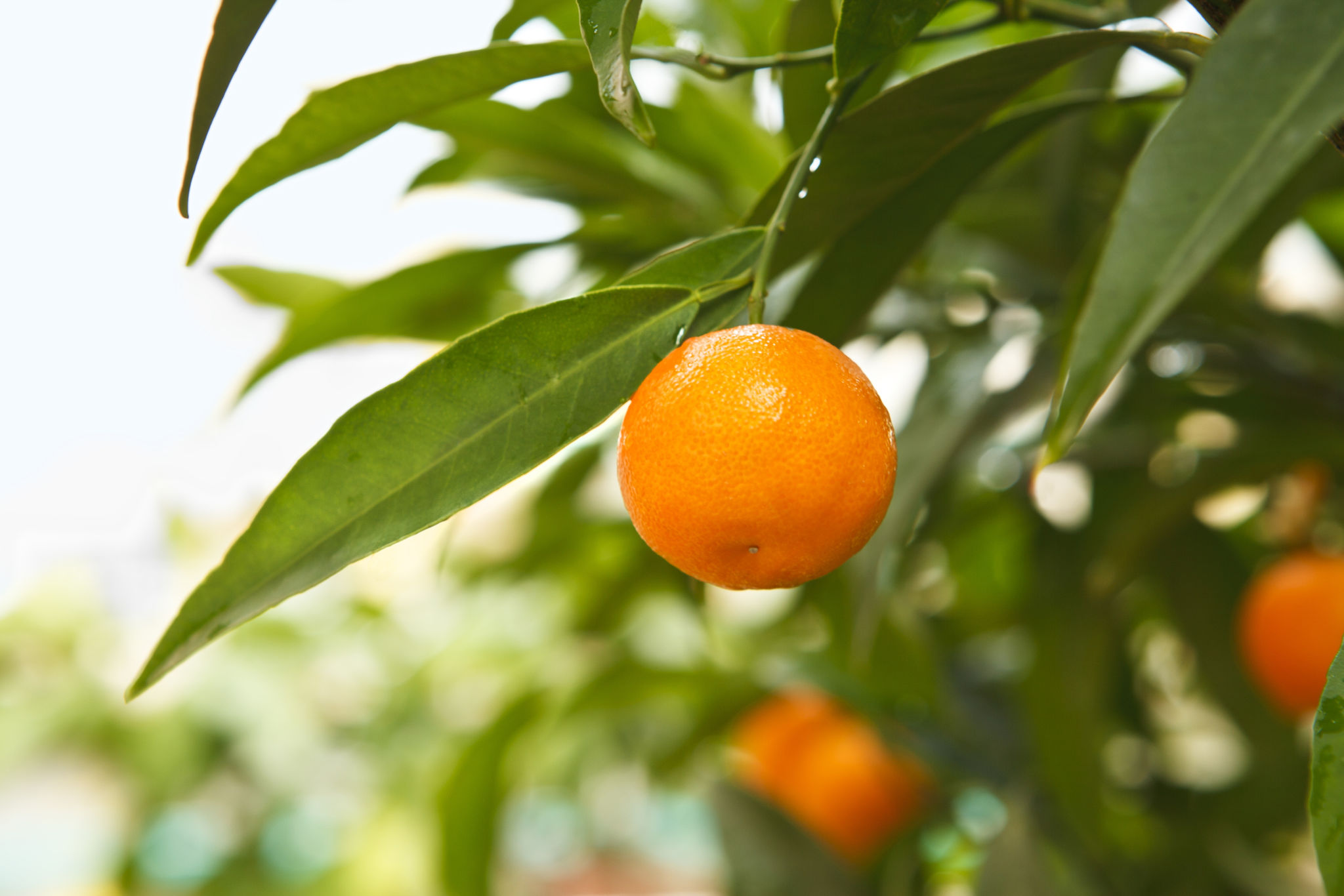DIY Homestead Setup: Essential Steps for Floridians
Understanding the Basics of Homesteading in Florida
Embarking on a DIY homestead setup in Florida is an exciting journey that promises self-sufficiency and a closer connection to nature. However, it's crucial to understand the unique climate and environmental conditions of the Sunshine State. Florida's subtropical climate can influence what you grow and how you maintain your land. Consider the humidity, rainfall, and potential for hurricanes when planning your homestead.
Before diving into the practical aspects, it's essential to familiarize yourself with local regulations. Zoning laws, water rights, and livestock restrictions can vary significantly from one county to another. Doing thorough research will help you avoid potential legal issues down the road.

Choosing the Right Location
Location is a critical factor in establishing a successful homestead. While Florida offers a diverse range of environments—from coastal regions to inland areas—each comes with its advantages and challenges. Coastal areas might provide cooler breezes but also face higher hurricane risks, while inland areas might offer more land at a lower cost.
Consider the soil quality when selecting your site. Many parts of Florida have sandy soil, which may require amendments to support a thriving garden. Conducting a soil test can provide valuable insights into its pH level and nutrient composition, allowing you to make informed decisions about fertilization and crop selection.
Planning Your Garden
Once you've chosen a location, it's time to plan your garden. Florida's growing season is long, allowing for multiple harvests each year. Focus on crops that thrive in the local climate, such as tomatoes, peppers, and a variety of greens. Incorporating native plants into your garden can also enhance biodiversity and attract beneficial insects.

Raised beds are a popular choice for Floridian homesteaders, as they improve drainage in the often sandy soil. Additionally, consider implementing permaculture principles to create a sustainable and self-sufficient ecosystem. This approach minimizes water usage and maximizes productivity by mimicking natural processes.
Building Structures and Infrastructure
Constructing essential structures is another vital step in your DIY homestead journey. Think about what buildings you need for storage, livestock, and equipment. Barns, greenhouses, and tool sheds are common additions that can enhance the functionality of your homestead.
When planning your infrastructure, consider renewable energy sources like solar panels or wind turbines. Florida's abundant sunshine makes solar energy an attractive option for reducing utility costs and living sustainably. Properly insulated structures will also help manage the heat during the sweltering summer months.

Water Management Strategies
Water management is crucial in Florida's variable climate. Installing rainwater collection systems can help you harvest and store water during the rainy season, ensuring an adequate supply during drier months. Consider using drip irrigation systems to efficiently water your plants while conserving this precious resource.
For those with livestock, providing a reliable water source is essential. Ensure that animals have access to clean water at all times, and consider using automatic watering systems to maintain efficiency and hygiene.
Embracing Livestock
Livestock can be an integral part of your Florida homestead, providing meat, milk, eggs, or fiber. Chickens are particularly popular due to their relatively low maintenance needs and the fresh eggs they produce. Goats and sheep are also excellent choices for small-scale meat or dairy production.

If you're considering larger animals like cows or pigs, ensure you have adequate space and resources to care for them properly. Research their specific needs regarding feed, shelter, and healthcare to ensure a healthy and productive homestead.
Building Community Connections
Building connections with other local homesteaders can provide invaluable support and knowledge sharing. Join local gardening clubs or online forums dedicated to Florida homesteading. These communities can offer practical advice, share resources, and foster friendships with like-minded individuals.
Attending workshops or local farmers' markets is another excellent way to connect with others in the community. Networking can lead to opportunities for bartering goods or services and collaborating on larger projects.
Continuing Education and Adaptation
Homesteading is an ongoing learning experience. As you become more familiar with your land and its nuances, you'll gain insights into optimizing your processes and productivity. Stay informed about best practices in sustainable agriculture and always be willing to adapt as circumstances change.
Remember, successful homesteading requires patience and dedication. Embrace the journey with an open mind, and you'll find satisfaction in living closer to nature while enjoying the fruits of your labor.